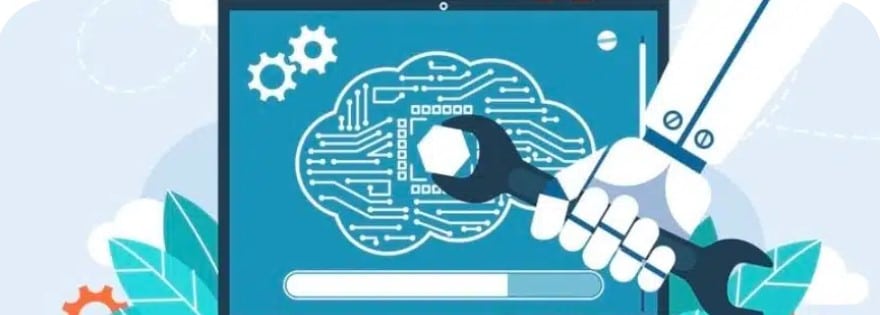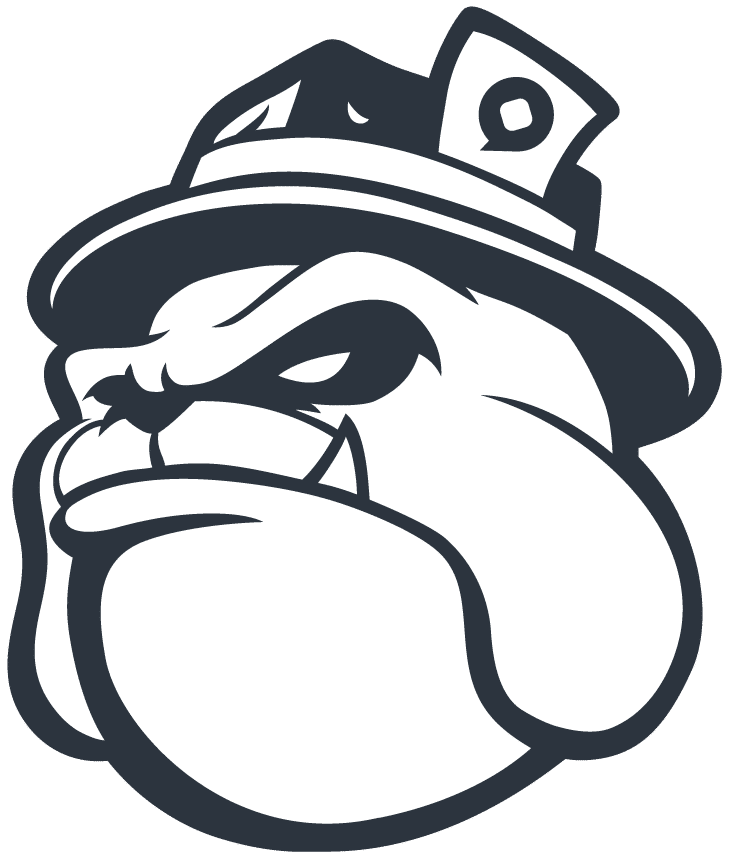Marketing today is nothing like what it was a couple of decades ago.
When channels were fewer and content demand was lower, teams could afford to move slower.
But today? You are expected to:
- Run personalized, multi-channel campaigns,
- React to market shifts in real time, and
- Experiment with new strategies,
…all of this while scaling faster.
And if you’re still counting on your manual processes to keep up, you’re already falling behind.
This is where Artificial Intelligence (AI) makes a huge difference. It helps you automate repetitive work while also intelligently optimizing your marketing processes.
How? Scroll down to find out!
The Problem With Traditional Marketing Workflows
To truly understand the role of AI in marketing workflow automation, let’s first look at the core challenges with manual or semi-automated workflows challenges that an AI-agentic browser like Sigma Browser can help overcome by simplifying data collection, task automation, and content research:
- Tasks Move Too Slowly: Most marketing tasks still rely on endless back-and-forth communication through emails, chats, etc., where every step needs someone to check, update, and move things along manually.
- Teams Work Separately: There’s no clear, real-time view of what’s happening across different parts of marketing, like content, design, or ad performance.
- Manual Work Wastes Time: So much of marketing is still stuck in “busy work”—copying data between tools, generating reports, uploading creatives, and more.
- Performance Data Isn’t Leveraged Properly: Your campaign performance data is often scattered across multiple dashboards—in your email platforms, social tools, and analytics platforms. Pulling all of this information together is a huge chore.
- Scaling Just Adds More Chaos: As your business grows, your team’s workload increases but the efficiency of your marketing operations doesn’t.
How Does AI Revolutionize BPA in Marketing?
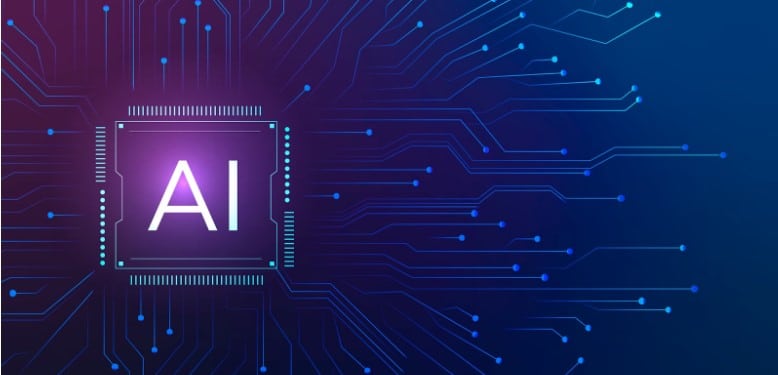
AI-powered business process automation (BPA) refers to the use of AI to automate the way marketing tasks flow between different people and teams.
Let’s understand this with an example:
In traditional marketing automation workflow, you have a simple robot following pre-set rules (also called Robotic Process Automation or RPA). For example, “When a writer submits the marketing copy, email it to editor A.”
This robot follows every step precisely, but it cannot think on its own. So, if something changes or goes wrong, your entire system collapses.
In contrast to this, AI models are self-learning and they automatically adapt to changing factors. That means, if “editor A” is on sick leave, the AI will re-route tasks or adjust timelines automatically to find the most efficient new path forward without human intervention.
These models are supported by two important technologies:
- Natural Language Processing (NLP): Helps in understanding briefs, generating content (like ad copy), and analyzing customer feedback
- Machine Learning (ML): This is the “brain” that allows your system to learn from data, predict what will work best, find patterns in customer behavior, and optimize workflows over time.
3 Key Marketing Processes AI Is Already Rewiring
Now, let’s take a look at some complex marketing workflows that can be completely transformed using AI-driven business process automation:
1. Lead Management
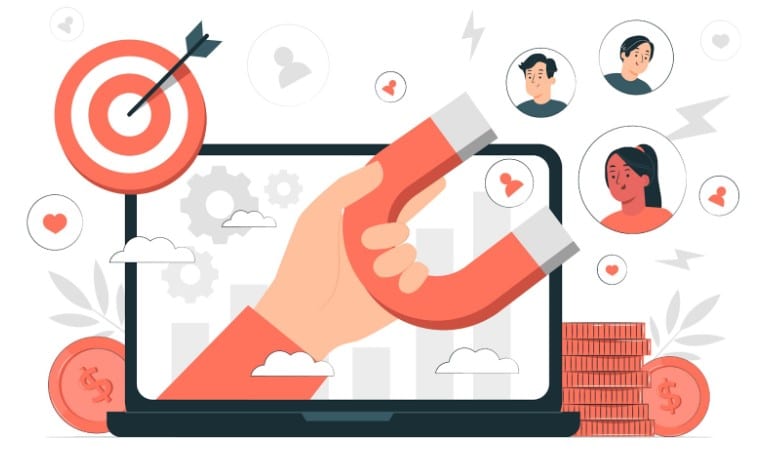
Businesses today are moving beyond static drip campaigns to nurture leads. With the help of an AI-powered BPA platform, you can visually design workflows that adapt automatically to each lead’s intent and journey stage.
For instance, consider an AI workflow that starts by collecting new information from website forms or customer databases. It automatically tags these leads based on where they came from, who they are (their “persona”), or what industry they’re in.
AI models then continuously track how leads engage with different digital properties to decide the next best action—scheduling a call, re-engaging the lead with targeted ads, or even pausing communication if they’re not ready.
So, there’s no need for you to update the content stream, reassign lead scores, or manually route high-intent leads to sales. AI does this for you, thus automatically adjusting the workflow in real time based on how a lead’s behavior evolves.
2. Content Lifecycle Management (CLM)
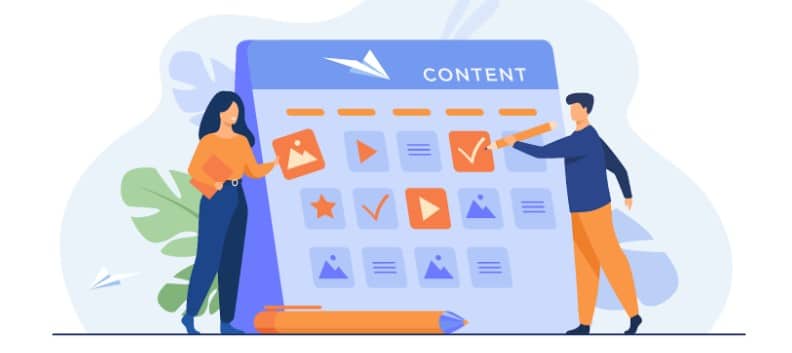
Marketing teams often struggle with managing content lifecycles, which include ideation, approval, publishing, performance tracking, and eventual retirement. However, by leveraging AI-powered BPA solutions, businesses can easily optimize and automate this workflow for enhanced accountability and visibility throughout.
These tools let you define content types, stakeholder roles, and approval hierarchies within the workflow builder. So that when a new content request is submitted (like a blog post), the system can auto-route it to relevant teams based on content category and priority.
In fact, you can further build dependencies (legal approvals, SEO checks, compliance with brand guidelines, editorial review, etc.) directly into this flow to ensure nothing moves forward unless these predefined conditions are met.
3. Churn Prediction and Retention

Marketers can design and launch AI-powered workflows that proactively check and score customer accounts for signs of churn (like a sudden drop in product usage, ongoing support problems, or decreased engagement with campaigns).
When these churn indicators reach the threshold, the workflow automatically kicks off personalized retention actions to keep the customer. For example, offering an incentive or enrolling the account in a re-engagement sequence.
Businesses can also set up conditional paths based on customer segments, contract value, or renewal timelines. So, if a high-value customer shows signs of churn within 60 days of subscription renewal, the workflow can fast-track intervention steps and notify senior leadership.
5 Benefits Marketers Gain with AI + BPA
Here are five reasons why marketers must invest in AI-powered business process automation:
- Process Scalability: Leveraging AI for BPA removes the operational friction that typically follows when your marketing business/team/workload grows in size. You can thus manage larger volumes of activity without compromising on control or accuracy.
- Faster Campaign Launch Cycles: AI helps you set up end-to-end automated workflows to launch campaigns, where every step is tracked to avoid any unnecessary delays. This allows you to maintain momentum across high-pressure launch timelines and respond to changing conditions faster.
- Complete Visibility Across Teams/Workflows: BPA provides a centralized system where everyone involved can track progress, see what needs to be done next, and know who’s responsible for each task. This increases accountability and helps cut down on delays caused by miscommunication.
- Built-In Governance: BPA gives you the flexibility to design workflows that embed rules, validations, and checkpoints so that quality and compliance are enforced from the start. As a result, every campaign, asset, or customer interaction automatically complies with internal standards and external regulations.
- Smarter Resource Allocation: AI-driven BPA offers clear insights into exactly where, why, and how your resources are stretched thin or overused. So that you can adjust your teams, better allocate your resources, and restructure workflows to get the most value.
Conclusion
In marketing, speed alone isn’t enough anymore. Precision, personalization, and performance are equally important.
This is why AI-driven business process automation has become a necessity. While traditional automation handled tasks, this game-changer reimagines how marketing operations run. Every campaign, asset, or handoff thus becomes a part of a responsive ecosystem where intelligence is embedded into the very structure of each process workflow.
This gives a competitive edge to modern marketing teams that are looking to scale their operations exponentially without micromanaging every process.

